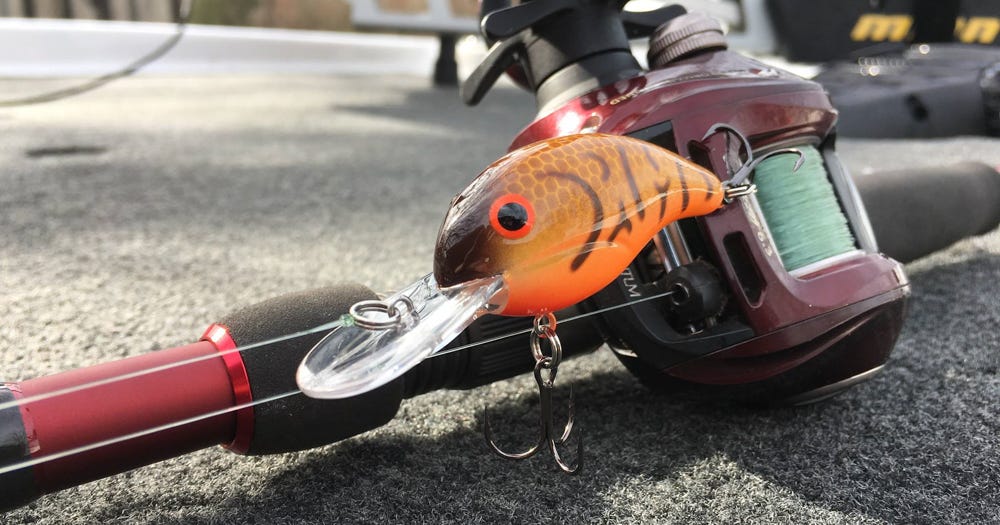- Apr 19, 2021
A Complete Guide to Ned Rigging for Bass
Learn why the Ned rig has become so popular and how to fish this finesse rig effectively.
Just as the title implies, we are going to break down the ever-successful Ned rig technique that has swept across the country as a great way to easily catch bass in tough conditions.
What is the Ned rig?
The Ned rig is a finesse fishing technique that involves using small plastic worms, craws, or creatures paired with a light mushroom style head so it can easily float off the bottom. This rig was originally created by outdoor writer Ned Kehde and popularized in the Midwest – so the name Ned rig stuck because of him!
The Ned rig might have reached popularity in the last ten years, but it has been around for quite a while in some form or fashion on most pressured fisheries. The first rig I learned growing up was actually a type of technique similar to this, but we simply called it “jig head worm fishing.” This was casting out a small YUM finesse worm on a light jighead with the hook exposed and slowly dragging it back to the boat. I bet I have caught 1,000 fish on this technique in every type of water imaginable, so it is easy for me to see how the Ned rig has become so popular.









